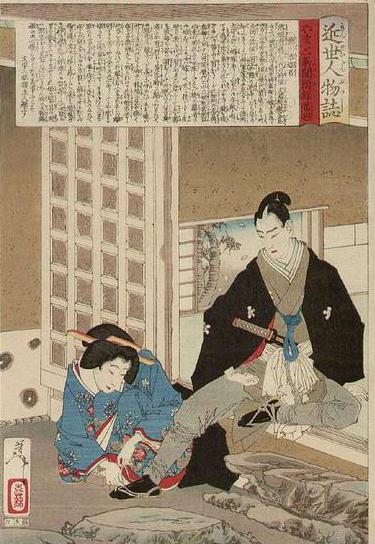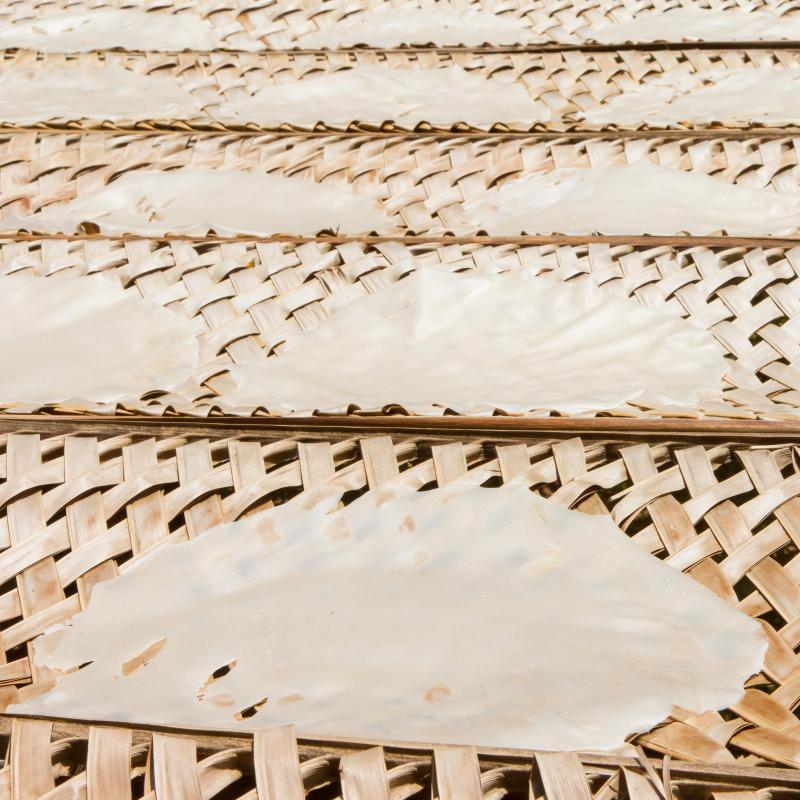At HomeQuestionsAnswered, we're committed to delivering accurate, trustworthy information. Our expert-authored content is rigorously fact-checked and sourced from credible authorities. Discover how we uphold the highest standards in providing you with reliable knowledge.
What is Washi Paper?
The word washi comes from Japanese words for “Japanese” and “paper.” Washi, also known as wagami, is traditionally a handmade Japanese paper based on three chief components: kozo or mulberry bark, gampi, and misumata. Each of the three has unique properties and is used alone or in combination in multiple types of washi.
Kozo is a deciduous tree indigenous to Shikoku and Kyusu Islands, and has been cultivated for paper and cloth making. Mitsumata is a bush native to China and has been used in paper-making since the seventeenth century. Misumata is used as the material for Japanese paper money. Gampi is a bush native to mountainous areas of Japan. It cannot be cultivated, and as a result is the rarest and most expensive of the washi materials.

Other fibers are sometimes incorporated into the washi. Examples include hemp, abaca, and rayon. Bamboo, rice, and wheat may also be used. At the end of the nineteenth century, there were about 100,000 families in Japan producing handmade paper. Today, there is machine made washi as well, but as of the last decade of the twentieth century, there were still about 350 families producing washi by hand.

Washi paper has many uses, including religious applications in both Buddhist and Shinto tradition and uses in secular life. Artists use washi as a drawing medium as well as for folding, pasting, and papier-mâché. Craftspeople use it for interior decoration, employing it for lamp shades, window coverings, mobiles, screens, wallpaper, frame mats, and boxes. Bookbinders use silkscreened washi, or Chiyogami, for end papers, and kozo is favored by conservators for book repair. Printmakers use kozo, mitsumata, and gampi papers, and Rembrandt preferred gampi papers for his etchings. Washi is also used for parasols, fans, packaging, and stationery.
There are many specialized washi papers, varying in percentage of ingredients, texture, and color or design, and at least some are associated with a distinct region of Japan in which they were or are produced. Awa washi, for example, is made in the city of Awa in the Tokushima Prefecture. Papers are dyed either before or after the paper making process.
AS FEATURED ON:
AS FEATURED ON:












Discuss this Article
Post your comments